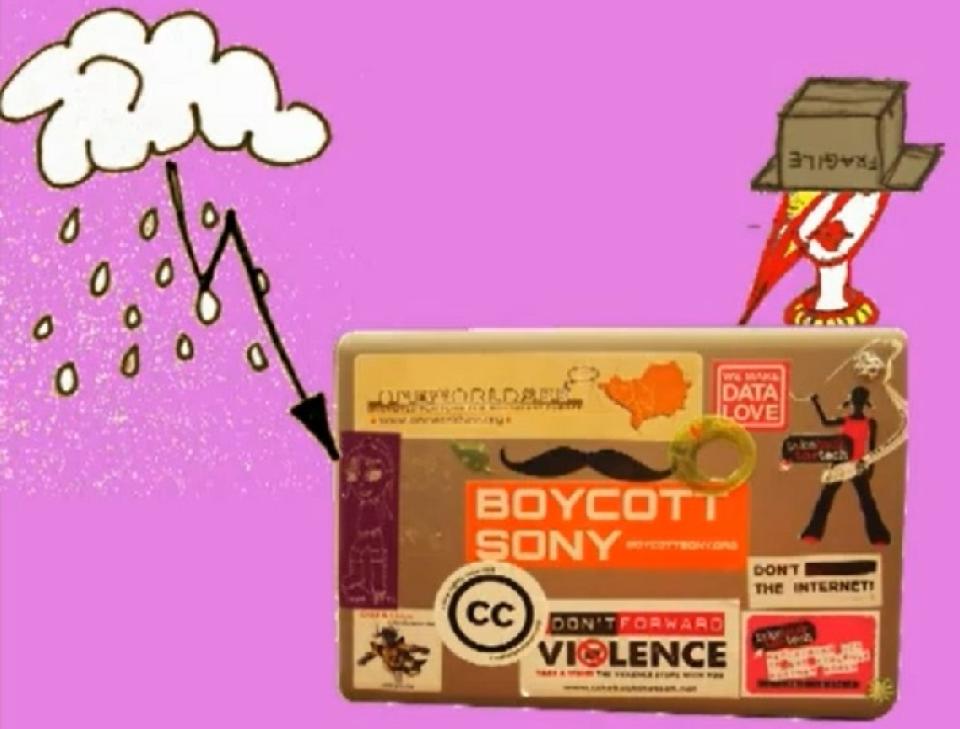
This interview conducted by Selina Mudavanhu from the African Gender Institute, University of Cape Town (South Africa) with Leila Seper, member of OneWorldsee in Bosnia Herzegovina (BiH) and responsible for the ‘Take Back the Tech!’ campaign and networking, reflects on the work developed by OneWorldsee, a civil society organization that works on online spaces and is one of the partners of the Association for Progressive Communications’ “End violence: Women’s rights and safety online” project.
Selina Mudavanhu (SM): What are the most common acts of online violence in Bosnia Herzegovina?
Leila Seper (LS): The most common cases of online violence in Bosnia Herzegovina are related to the unauthorized use of private photographs for setting up false Facebook profiles (either under a woman’s name or under the name of those close to the woman) and forwarding false content to her friends and relatives. A lot of social networks are also used to send to people threats and to blackmail peopel or to publish compromising content.
SM: What do the perpetrators or violators do?
LS: Most perpetrators secretly make video recordings of other people and share the content online. As alluded to above, perpetrators also clandestinely take unauthorized photographs of other people and use them to set up fake accounts on social media sites. Other perpetrators publish intimate multimedia content of other people online.
SM: What kinds of harm do women face as a result of the acts of violence online?
LS: In most cases, if the perpetrators are unknown, they open fake social media accounts and send unpleasant messages to family members and friends of the women. This results in a lot of damage to the women’s reputation. The perpetrators sometimes threaten to upload distasteful content, thus putting the women under immense pressure and causing a lot of emotional stress.
SM: What types of ICTs are commonly used to perpetrate violence?
LS: In the mapping activity that we do, the most common cases of online violence occur on social media sites, particularly on Facebook. However, according to information we have from organizations dealing with violence against women, mobile phones are also used by perpetrators in domestic violence, a phenomenon that is very prevalent in our society. Perpetrators of violence usually monitor and control women through the use of mobile phones.
SM: Where does the violence happen?
LS: In addition to Facebook as mentioned previously, violence also occurs on Instagram. Instagram is an online photo sharing and social networking service that allows its users to take pictures, apply filters to the pictures and share them on different social media sites. So, perpetrators using Instagram take unauthorized photographs of other people using their mobile phones and then post them online.
SM: Who is the abuser or the violator?
LS: Beside the cases of violence that happen offline and in cases where the perpetrators are known, there are some cases which are hard to determine the perpetrators of online violence. During the process of verifying cases, we ask the women to name possible perpetrators and often they say that they are not certain who the perpetrator could be. Thus, without further investigation, it is hard to know who the person perpetrating the violence is.
SM: What type of public actions do victims take to stop tech-related VAW?
LS: Unfortunately, online violence is not something that is openly talked about. A lot of work still needs to be done to clarify the phenomenon to the users and to the relevant authorities. Often, tech-related violence goes unreported – even violence against women that happens offline is not openly talked about. We have information of individuals that have approached the police (because there is a service for cyber-crime), but nothing ever happens beyond the reporting. This is a reminder to us that something is not working.
SM: What are the ages of the people who experience the tech-related violence?
LS: From our mapping activity, most cases of online violence happen to people between the ages of 18 and 30 because these are the people who use social media like Facebook where the violence mostly occurs. Women older than 30 also experience tech-mediated violence when perpetrators use mobile phones to control and monitor them.
SM: What advocacy actions do you take in your country around tech-related VAW?
LS: Advocacy happens on two fronts; advocacy directed at decision makers and advocacy targeted at users of the technology. In advocacy directed at decision makers, we intend to use the data from research which is part of the End violence: Women’s rights and safety online project. A very small number of cases of online violence are reported to relevant institutions; part of the problem is that online violence is not recognized in our legal system in the way it should be. This means that a lot of work still needs to be done.
In relation to advocacy targeted at users, we plan to organize awareness raising activities such as workshops and to make presentations regarding this problem.
SM: Which people or organizations do you partner with?
LS: We work primarily with organizations with which we already have contacts. This includes the organizations we work with during the 16 days of activism in our Take Back the Tech! campaign. In addition, we plan to include organizations that are members of the Women’s Network BiH (which brings together women’s organizations and groups in BiH) as well as the Association of Teachers and Professors of Computer Science in the Canton of Sarajevo (so that we reach girls who go to high school).
SM: Do stakeholders in your country, e.g. policy makers, service providers, the police, know their roles and responsibilities in responding to tech-related VAW?
LS: This is a very complex question because the problem is that tech-related violence is usually linked only to cyber-crime and pornography. Anything that is not cyber-crime and pornography is difficult for people to understand and thus no further action is taken. There is a special police department that deals with this issue (cyber-crime); however, the law needs to be significantly improved.
SM: Which other people/organizations would you like to work with to end tech-related VAW?
LS: I think that we have to work with all persons and institutions that use or are dealing with technology. So, regardless of whether that person is a user, or can make an impact on regulation or if it is an organization that deal with violence against women, it is important that all stakeholders work together using ICTs to prevent and advocate against violence against women.
SM: What are some of the successes from your work so far?
LS: We have learned many things that we would like to share with other people. We have learned the importance of creating a strong password, the importance of not sharing passwords with anyone, the importance of paying careful attention to what you post online as well as assessing the extent to which actions online can affect your life.
Another of our successes is that we have been able to connect with other organizations that work on other forms of violence against women. We have learned to take advantage of technologies to overcome the challenge of physical distance in working with other organizations. In our collaboration with these organizations, we try and point out to them any threats that come with the evolution of technology and how they can affect our lives.
Watch the video produced during the 2012 Take Back the Tech! campaign
- 19404 views






Add new comment